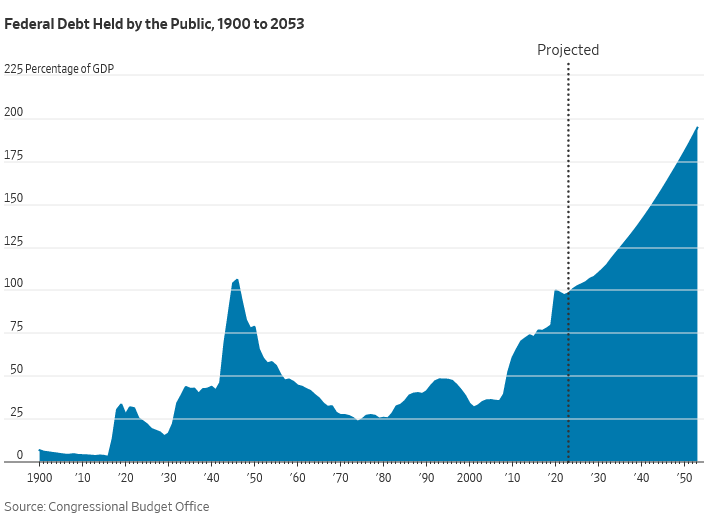…to stop trading with and to bar exports altogether to (and imports from) the People’s Republic of China.
A US manufacturer of X-ray equipment had a decade-old patent invalidated by a Chinese legal panel. A Spanish mobile-antenna designer lost a similar fight in a Shanghai court. Another Chinese court ruled that a Japanese conglomerate broke antitrust law by refusing to license its technology to a Chinese rival.
This is the PRC weaponizing its legal system as that nation prosecutes the economic axis of its cold war against the US and against the West in general.
This goes further, to include efforts to extend PRC legal jurisdiction into other nations:
In December, the EU sued China in the World Trade Organization on behalf of Swedish telecom-equipment maker Ericsson AB and other companies, complaining that China has barred EU companies from suing to protect their patents in courts outside China. The EU called China’s policy “extremely damaging,” saying Chinese companies requested the intervention “to pressure patent right holders to grant them cheaper access to European technology.”
This is just naked theft by a nation that insists on using its laws and courts as weapons of war rather than as tools for protecting its citizens.
It’s time for us and for the EU to stop technology transfers—under any guise—to the PRC, and that must include what I wrote in my lede: bar all exports to the PRC and stop trading with that enemy nation. The transition will be deucedly expensive, but it’ll only get more so the longer we dither and delay taking that step.

